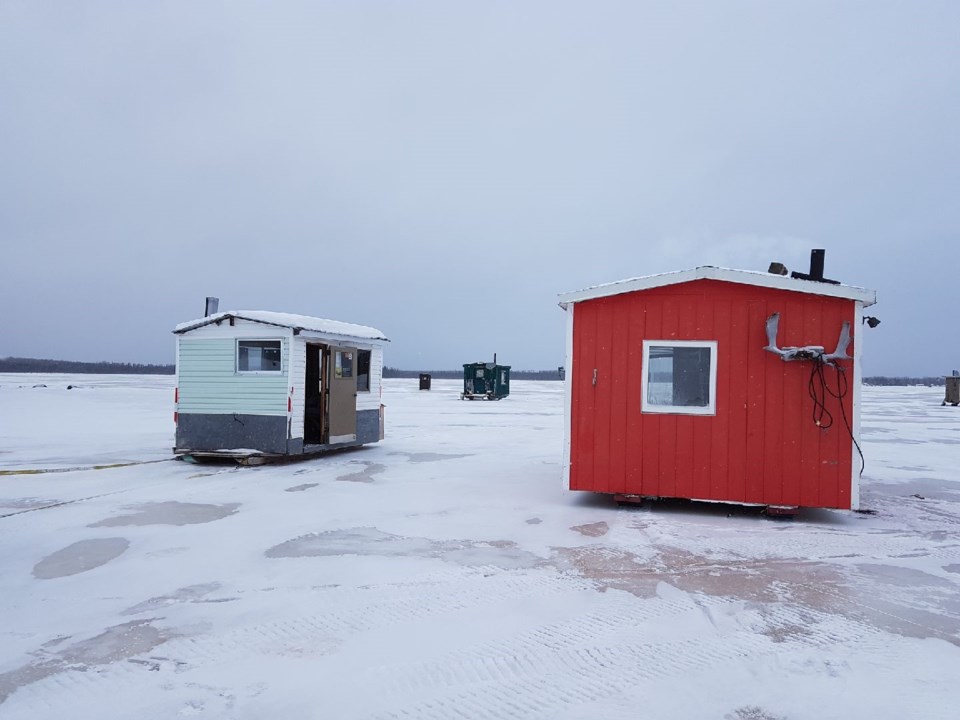THUNDER BAY — Organizers of annual ice-fishing derbies a short drive from Thunder Bay are keeping their fingers crossed that Old Man Winter will again show his grumpy visage, but weather-watchers say that's not going to happen soon.
"The warm weather is going to continue - there's no let-up in sight," Environment Canada meteorologist Peter Kimbell said on Tuesday.
The daytime mercury was at least 4 C in Thunder Bay on Wednesday. That's about a dozen degrees warmer than normal for this time of year.
Kimbell said the local record in the city for Jan. 31 - set more than a century ago in the former city of Port Arthur - is nearly 7 C. It was recorded in 1892.
Daytime temperatures in the city are expected to be above 0 C over the weekend and early next week.
Kimbell said the unseasonably mild weather can be attributed to a "huge ridge" of high pressure causing warm wind to blow in from Western Canada.
Breanne Neufeld, who is president of the Nolalu Community Centre, said the annual ice-fishing derby in the area set for mid-March "is definitely something our community expects."
Neufeld said derby organizers constantly check ice thickness, with some lakes having built up 10 inches or more before the mercury climbed above zero.
The Nolalu derby is a popular event, with anglers often coming from Thunder Bay.
"You don't have to be a member of our community (to participate)," Neufeld said. "There are lots of donated prizes."
Kimbell, who emphasized he is not an expert on lake ice, said 10 inches or more might survive a late January or early February thaw because the sun isn't as strong during the day compared to spring.
He encouraged anglers to "measure, measure, measure" ice-thickness before venturing out on frozen in-land lakes.
The warm trend looks like it will last at least until the middle of February, Kimbell added.
Neufeld said in normal winters, ice usually remains safe on inland lakes until about mid-March.
The Chronicle-Journal / Local Journalism Initiative
